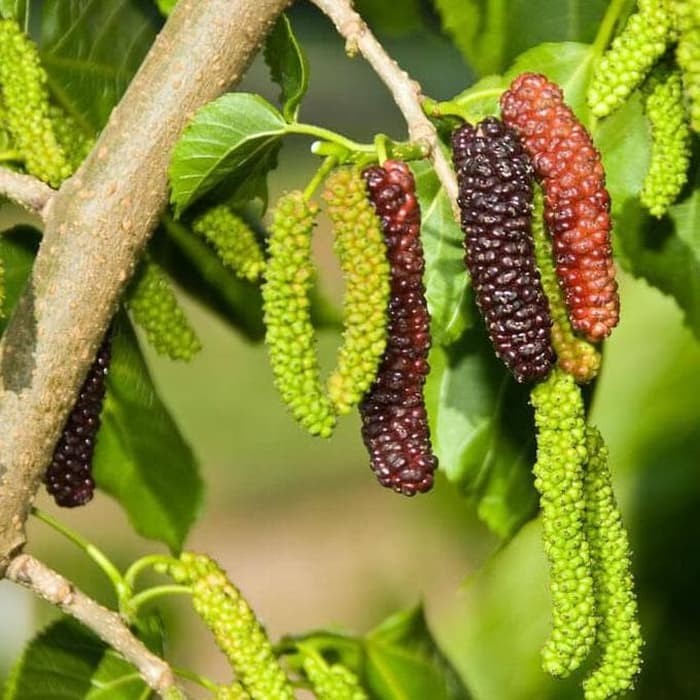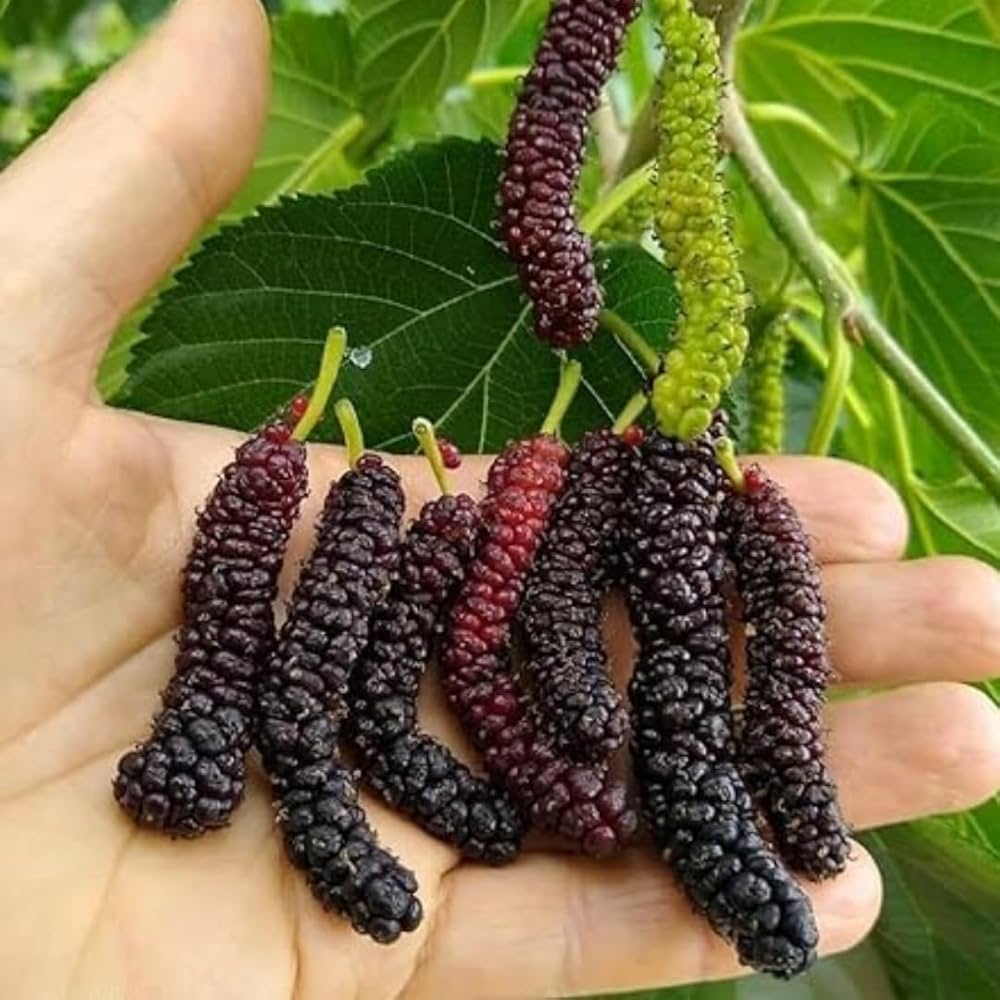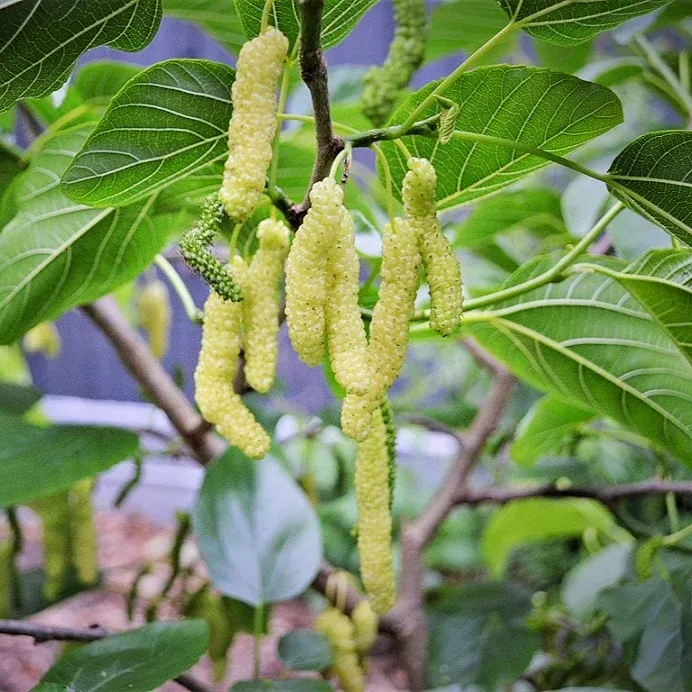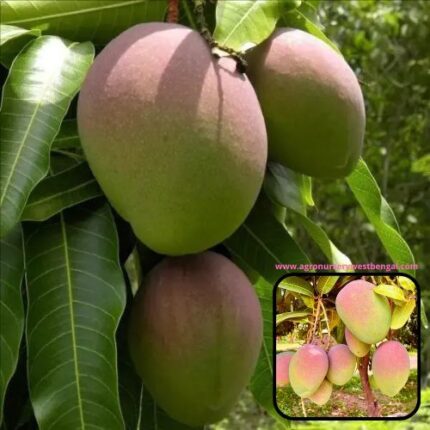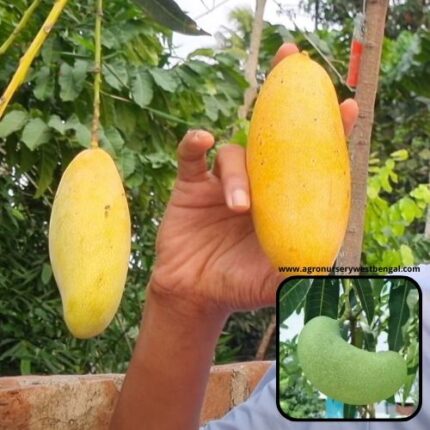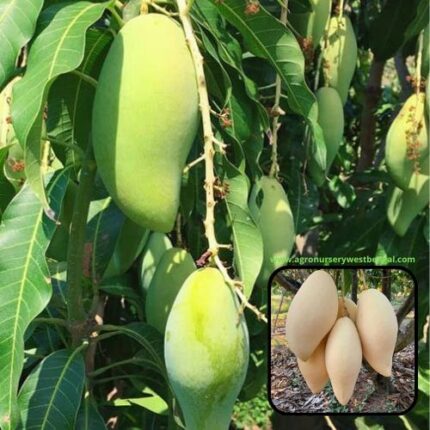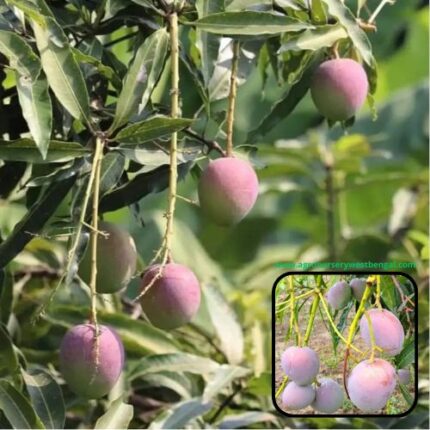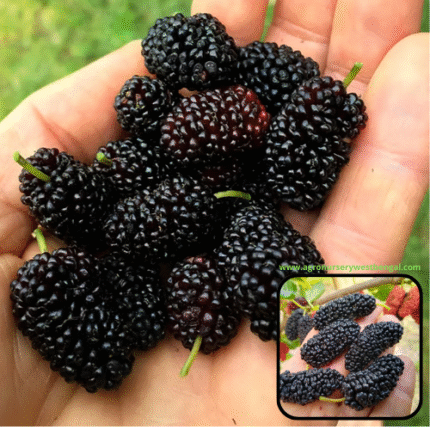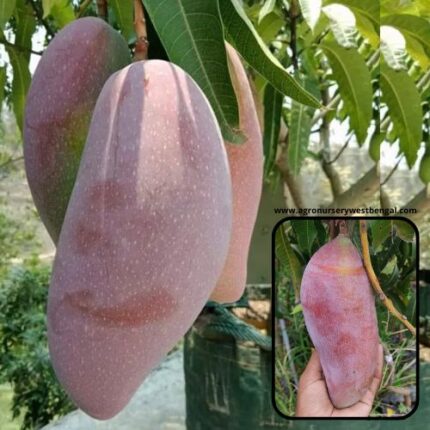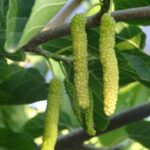
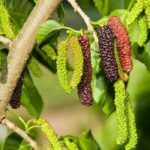
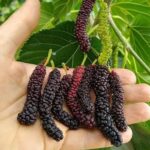
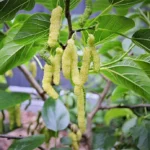

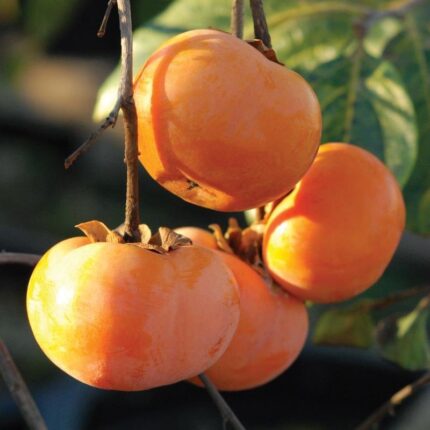
Long Mulberry fruit plants
₹1,199 Original price was: ₹1,199.₹599Current price is: ₹599.
“Long Mulberry” most commonly refers to varieties of mulberry known for producing exceptionally elongated fruits, significantly longer than the typical round or short-oval mulberries. The most famous species associated with “long mulberry” is Shahtoot or King White Mulberry (Morus macroura, also often seen as Morus laevigata). However, some Morus alba (White Mulberry) varieties also produce long fruit.
Here’s a detailed description focusing on the characteristics of “Long Mulberry” varieties:
1. The Fruit:
-
Appearance (Shape & Size): The defining characteristic is its length. While typical mulberries are 1-2 cm long, long mulberries can reach 3 to 15 cm (1 to 6 inches) in length, making them quite striking. They are slender and cylindrical, often with a slightly curved or irregular shape.
-
Appearance (Color): Ripe long mulberries come in various colors:
- White/Yellowish-white: Often associated with Morus macroura, these varieties are usually the “King White” or “Shahtoot” mulberries.
- Pink/Red/Dark Purple/Black: Other long varieties can ripen to vibrant shades of red, dark purple, or almost black. ‘Pakistan Long Mulberry’ is a popular dark-fruited long variety.
-
Texture: The fruit is typically very juicy and soft, with a slightly delicate skin. They are an aggregate fruit, meaning they are formed from many tiny individual drupelets.
-
Seeds: Like other mulberries, they contain numerous tiny, edible seeds that are largely unnoticed when consumed.
-
Taste: This is where long mulberries truly shine. They are generally described as exceptionally sweet, often with a honey-like sweetness. Depending on the variety and ripeness, they can have a mild, pleasant tartness that balances the sweetness. The flavor is often richer and more intense than standard white mulberries and can have hints of berries or even a subtle earthy note. The best long mulberries are incredibly delicious and can be quite addictive.
2. The Plant (Tree):
- Botanical Name: While different species can produce long fruit, the most common is Morus macroura (Shahtoot or King White Mulberry). Some long varieties of Morus alba (White Mulberry) also exist.
- Growth Habit: Long mulberry trees are typically medium-sized deciduous trees, reaching heights of 10 to 15 meters (30 to 50 feet) or sometimes taller. They often have a spreading or weeping canopy, which can be quite ornamental. They are generally fast-growing, especially when young.
- Leaves: The leaves are typically large, simple, alternate, and can be entire or lobed, with serrated edges. They are a rich green color. Like other mulberries, the leaves are also edible and can be used as fodder or for tea.
- Flowering and Fruiting: Mulberry trees generally bloom in spring, and the long mulberries ripen in late spring to early summer. They are often prolific bearers, producing a large amount of fruit. Many varieties are self-fertile.
- Hardiness and Adaptability: Long mulberry trees are quite hardy and adaptable. They thrive in warm, temperate to subtropical climates and prefer full sun. They can grow in a range of soil types, as long as they are well-drained. Once established, they are reasonably drought-tolerant.
3. Uses and Benefits:
- Fresh Consumption: The most popular way to enjoy long mulberries is fresh, straight from the tree. Their size and sweetness make them a delightful snack.
- Culinary Uses: Due to their sweetness and juiciness, they are excellent for:
- Jams, jellies, and preserves
- Smoothies and juices
- Desserts like pies, tarts, crumbles, and ice creams
- Dried fruit (intensely sweet when dried)
- Syrups and wines
- Nutritional Value: Like other mulberries, long mulberries are packed with nutrients:
- Vitamin C: Strong antioxidant, boosts immunity.
- Vitamin K: Important for blood clotting and bone health.
- Iron: Crucial for blood health and energy.
- Dietary Fiber: Aids digestion, helps regulate blood sugar and cholesterol.
- Antioxidants: Rich in anthocyanins (especially the darker varieties), resveratrol, and other polyphenols, which combat oxidative stress and inflammation.
- Health Benefits: Supports digestion, boosts immunity, provides anti-inflammatory effects, contributes to healthy blood and bone health, and can help regulate blood sugar levels.
The “Long Mulberry” stands out among mulberry varieties for its impressive fruit size and often superior sweetness, making it a highly prized fruit for both home growers and fruit enthusiasts


